History of Tech - Part 7 - Atari Jaguar 64-Bit
Atari was the name in the 70's and 80's everyone knew as it was the biggest suppler of home video game consoles. By the time Atari released the Jaguar, almost everyone forgot who they were and Atari had some stiff competition.
In the mid 80's and early 90's, all console manufacturers were using ''Bits'' to advertise and show off there consoles. It was a 'Bits' war. The more Bits your console had the better it apparently was. Without Sega and Nintendo realizing what they were doing, they were opening the door for Atari to make its comeback and take back the market share it once had.
Atari had 2 consoles on the market in 1988, the Atari 7800 and the Atari XE GS, they both performed well enough but they couldn't capture the imagination that the Nintendo and Sega systems could. Atari wanted to reclaim its lost market share and be put back on the gaming map. In 1988 Atari started work on a new prototype console using components found in the Atari ST and the Atari Transputer. The prototype was to replace the Atari XE GS as a home video game console, computer hybrid. They turned to a UK firm called Flair computing to help with the chip design. They were aiming to accommodate 260 colours, be able to run and move sprites and backgrounds much faster than the ST and be able to quadruple the Bits to 32 as to compete in the then, current market dominated by 16 bit consoles. The new Chip designed by flair would be called Panther after Martin Brennan's wife's Panther Calista car, with the entire system adopting the name too.
In 1990, rumours started to spread that Atari were going to announce a new console called the ''Panther'', it was going to be a console that could compete with Nintendo's and Sega's offerings.
But before Atari had even come close to finishing the Panther prototype, they wanted to start on its follow up which would be a 64 bit system. Flair started to work on the next chip while simultaneously working on the panther which Atari would go on to call the new chip, the Jaguar.
Atari wanted to hit hard at the gaming industry by releasing the Panther in 1991 as a 32 bit system to compete with the Super Nintendo and Sega Genesis, and then hit the market again with the 64 bit system that would beat all others by at least a generation.
The Panther Development kits were sent out, and a few of them still exist, but none worked. And before Atari could address this issue, the Jaguar was ahead of schedule, so far in fact that they stopped all work on the Panther to concentrate solely on the Jaguar.
1991 came and so did the CES show that summer, Atari were in attendance and everyone was expecting them to announce the new 32bit console. To everyone's surprise Atari did announce that the new Panther, had been cancelled, but they would instead concentrate on designing a new 64 bit console, The Jaguar, that would be developed and finished in time for a 1993 holiday release.
In the 2 years since Atari's announcement and it being released, the industries obsession with bits had paved the way for Atari to literally take over. Atari used the Jaguars power in its advertisement as the first 64 bit console ever to be released. The consumers were very hyped at the fact that they would get a 64 bit system in a time when 16 bit consoles like the SNES and the Genesis were dominating, 32 bit systems hadn't yet been released, like the Sega Saturn and the Sony Play Station. A 64 bit system that would take over. The price was very alluring too at only $199.
At the Hemisphere club on the 48th floor of the Time-Life Building in new york, at the start of November 1993, Atari held a massive media event for retailers, advertisers, Media and more, Atari announced the singing on of multiple developers and they were going to be shipping out over 30'000 units to stores in New York and a further 20'000 units to San Francisco before Christmas that year, but would sell for an additional $50 over advertised prices. The increased price, while unannounced, didn't put the consumers off. As soon as the Jaguars went on sale, they soon sold out, making Atari's trial run a success. So much a success that they had already amassed 2.5 million pre-orders from Europe where Atari still had a strong market share.
Darryl Still who was the Marketing Manager of Atari UK, told Atari to make the UK and Europe a priority for the Jaguar sales as Atari sales were very strong there compared to the US. However, IBM who was contracted by Atari to make the Jaguar consoles, had never made consoles before which led to them over estimating how many they could produce so there wouldn't be enough to accommodate both sides of the pond. This led to Atari having to choose which market would receive the new console. Instead of playing it safe with Europe where they already had a reasonably strong following, they chose America. which ultimately would be their downfall.
Atari started an aggressive marketing campaign with the tag line ''Do the Math'' comparing the Jaguar 64 bit to other consoles that only had 32. they also announced a CD add on to be released mid 95, along with a planned VR headset and a dial up modem to enable online multiplaying.
Despite this, its nationwide launch was filled with problems. While the game that came with all new Jaguars, Cybermorph was received well by critics as it was an open world game unlike star fox, the same couldn't be said for its other 3 games, Raiden, Dino Dudes and Trevor McFur as critics compared these games to that of the 16 bit gen consoles with gamers saying pretty much the same.
It wasn't all bad news as Tempest 2000 and jaguars most notable game, Aliens Vs Predator was released which won audiences over.
Atari in 1993 predicted that it would sell over half a million units by the end of 1994, but towards the end of 1994, they had only sold 100'000, 400'000 shy of its estimates. With planned peripherals and new games set to be released, 1995 was going to be the make or break year for the Jaguar.
With all the new planned peripherals such as the Jaguar CD, the VR headset and the modem, along with a number of new games and Atari dropping the price down to $149, Atari were doing everything possible to keep the Jaguar alive after its disastrous 1994 year. Atari had stopped all production on all its other consoles and was getting the majority of its income from the Jaguar and the Lynx, to which the Lynx would also be discontinued in 95.
With the Sony Play station already selling well in Japan and set for release worldwide less than 1 year later. Atari were desperate to get as many Jaguar units sold as possible.
In September 1995, after a huge sales campaign by Sony that dwarfed that of the Atari Jaguar, the Play Station went on sale and out sold the Jaguar by a huge margin, selling at a rate of almost 100 to 1. once the play station hit the shelves, the Jaguar was left on them collecting dust. Even the 3DO started to out sell the Jaguar.
In Atari's 1995 annual report, they stated that poor sales were due to delays in the development of games because of the unusual chip set used, a lack of game titles available, and the release of both the Saturn and Play Station in 1995. On November 2nd 1995, the entire Jaguar team were dismissed from the company, and in a vein effort to liquidate any remaining Jaguar Stock, the price of the Jaguar was dropped to only $99.
Atari Merged with JTS Inc in 1996 and formed JTS Corp, the Atari name had all but vanished from the gaming industry, and in 1998, the Atari name was worth so little, that the name was sold to Hasbro Interactive for a mere $5 million less than 1 3rd of the original price in the early 80's. The Jaguar was officially dead.
While there are still a few die hard fans of the Jaguar in 1999. they rejoiced as Hasbro announced that it had released all the Jaguar rights, meaning anyone could now develop games or software for the Jaguar and sell without the need to obtain a license from Hasbro. Following this announcement, a few previously unfinished games were released as well as a few new titles.
As of 2017 a crowdfunded console called the AtariBox was announced. It will not be a console to compete in the current market, but instead will be sold with pre installed games from Atari's history.
Thanks for reading.

Stu @TechMojo
TechMojo Discord Channel
TechMojo OnG Social Page
.png)
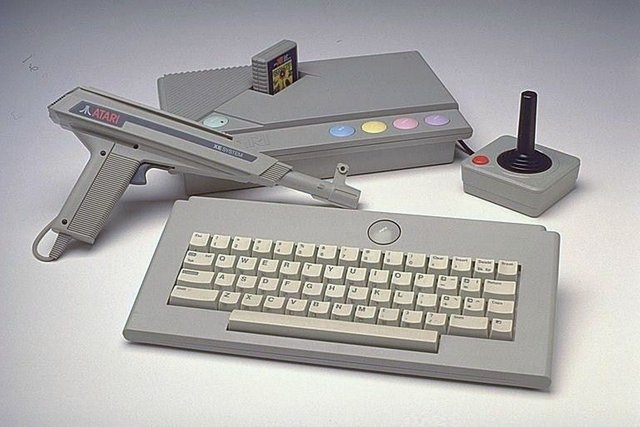
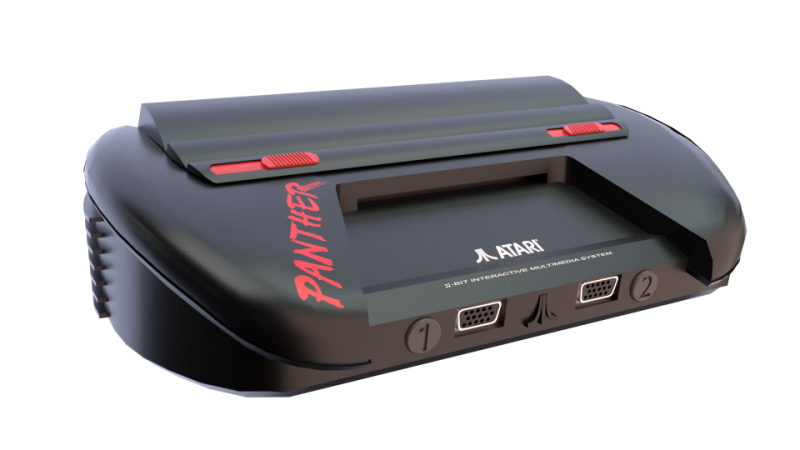
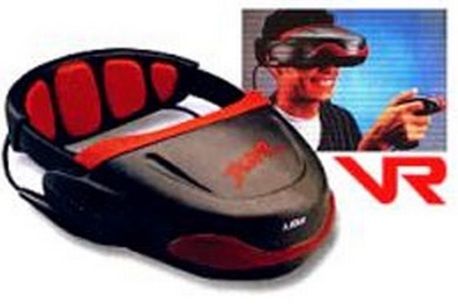
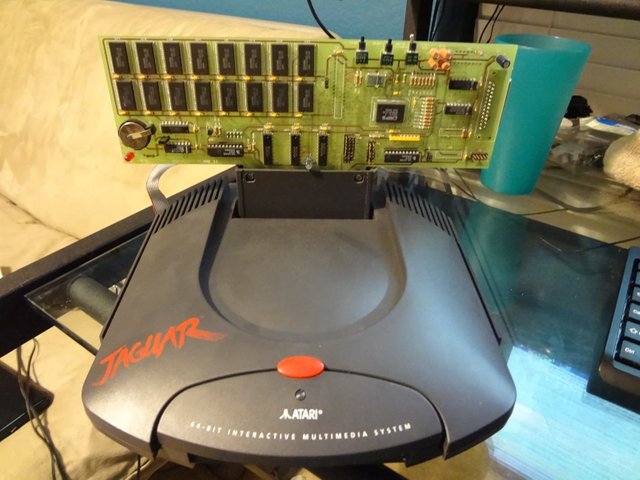
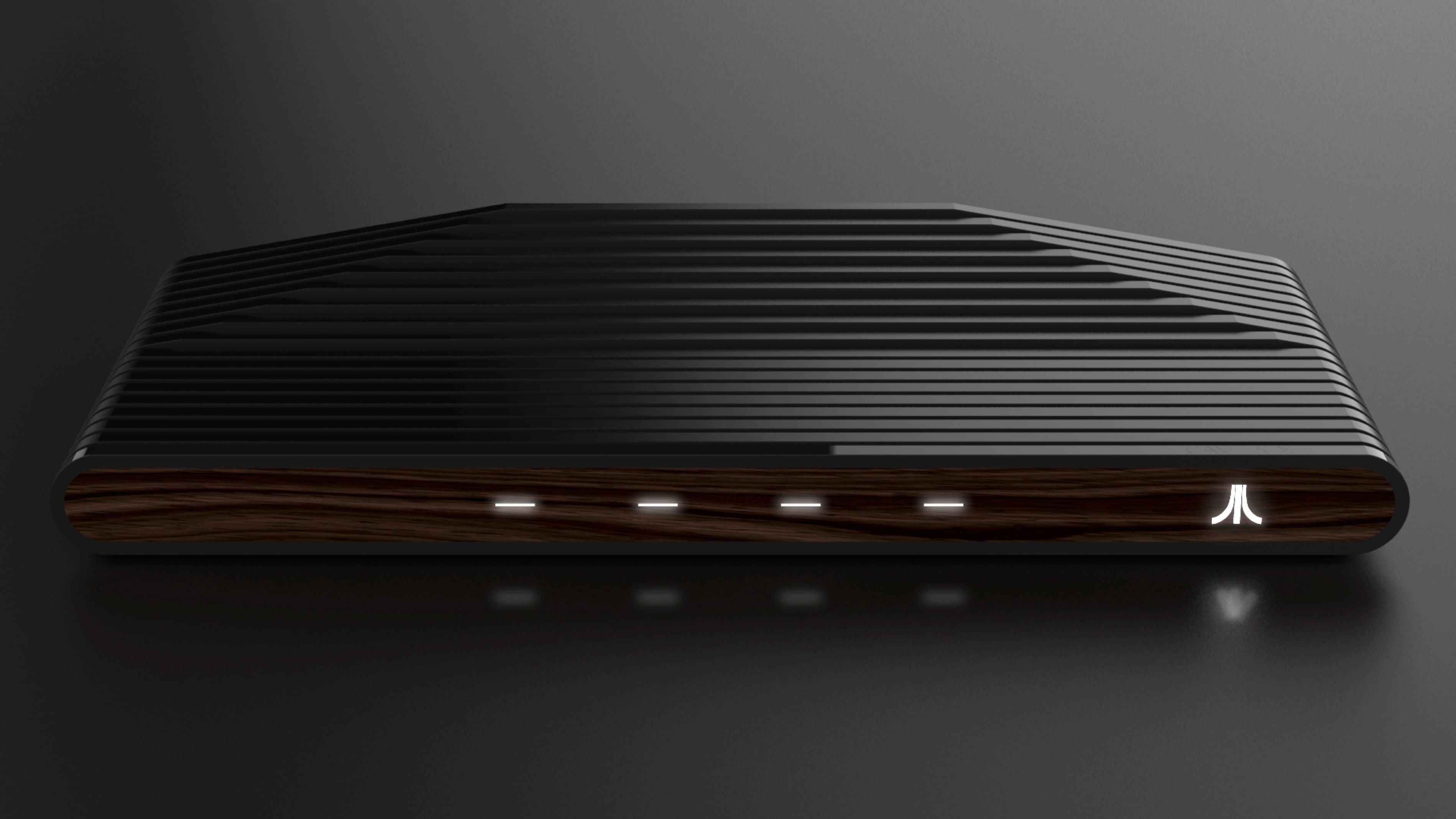
Thank you for sharing this @techmojo. :c)
I must have been living under a rock - being more or less unaware of the Jaguar saga.
In spite of their various missteps - I still believe that Atari has what it takes to make a solid comeback.
Youcreallyn
Great post, things have come a long way since then, I still mostly play 32 to 64 bit games still, on the competing consoles though, will have to check these out, there are many hidden gaming gems in poor marketing.
nice post.. i like this post